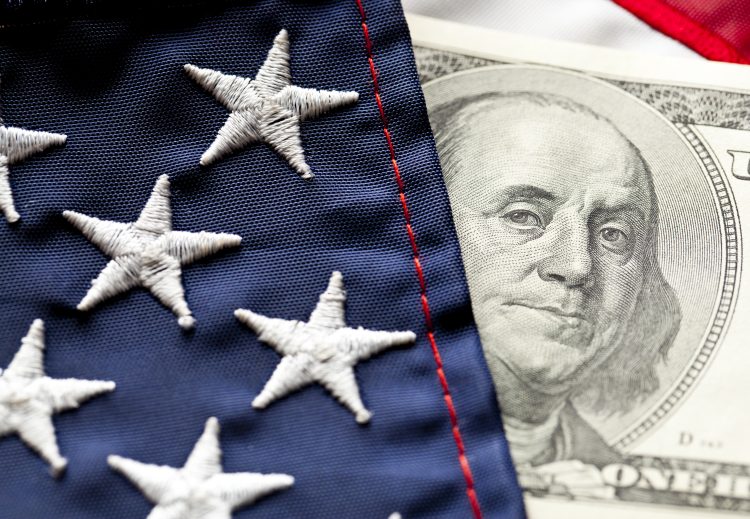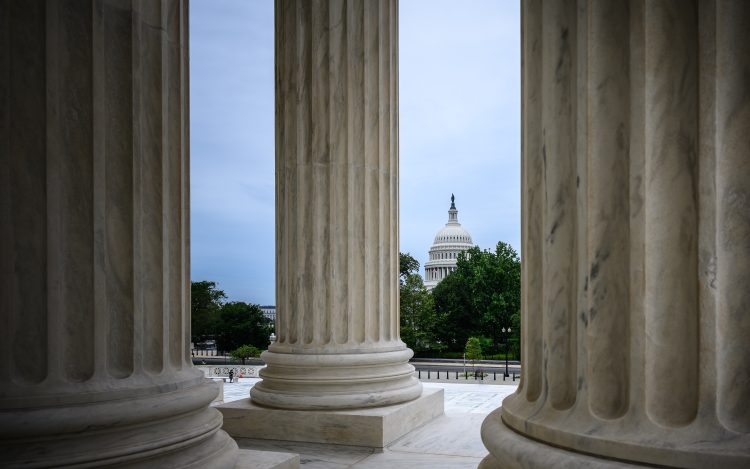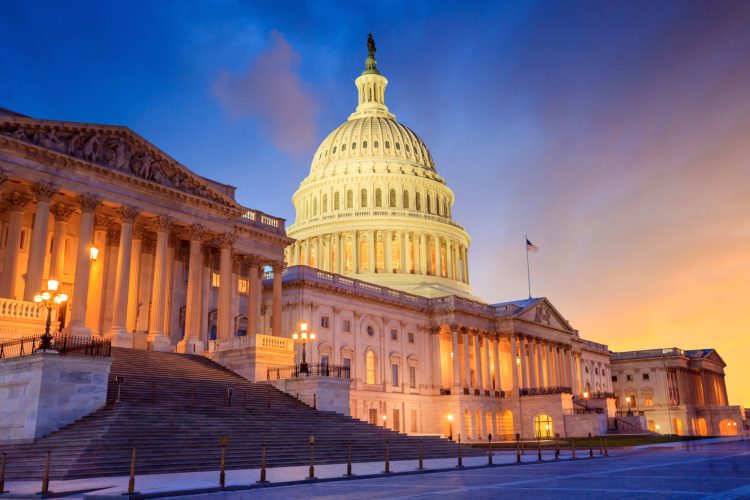This week on Facing the Future, we examine the growing human and economic cost of Russia’s invasion of Ukraine as it grinds on into its 6th month. The war has pushed up fuel and food prices and helped lead to spiraling inflation both in the United States and abroad.
In the first part of our program, we get an on-the-ground account from reporter Jason Beaubien who has been covering the war for NPR. Beaubien is a Peabody Award winning radio journalist who has reported from more than 60 countries and lately has been stationed on the front lines of Russia’s invasion in eastern Ukraine. He spoke to us from Zaporizhzhya, where the population is subject to daily shelling and rocket attacks. The Russian military has taken over parts of the city, though where Beaubien was reporting from was still under Ukrainian control. Concord Coalition communications director Av Harris joined me for that conversation.
Later on in the program, we got a big-picture strategic assessment of the national security choices facing U.S. policy makers as the war keeps going, increasing the human toll and the cost on the global economy. For that we welcomed Michael O’Hanlon of The Brookings Institution, author of The Art of War in an Age of Peace: US Grand Strategy and Resolute Restraint. Concord’s policy director Tori Gorman also joined us for that segment of the program.
On the ground in Ukraine, NPR reporter Jason Beaubien describes the daily terror of never quite knowing if your street, shopping center or apartment building will be the next one to be hit by Russian artillery or missiles. Yet despite this chaos, daily civilian life goes on. Families are out with their children during the day, mingling with refugees fleeing the rubble of former neighborhoods and soldiers, including newly trained recruits heading to the front lines to defend their country. Ukrainians can clearly see the impact of the roughly $50 billion committed to security and humanitarian assistance by Congress and the Biden Administration – especially the advanced HI-MARS multiple rocket launcher systems. Yet Beaubien says to many Ukrainians it is still not enough.
“They very much feel that President Biden and the U.S. is behind them but would they like more? Yes, they would like more,” said Beaubien. “People here are basically saying why does the U.S. and Europe allow Russia to continue to come in and just bomb cities? Why is it that Europe and the U.S. don’t come in a just bomb the hell out of some of these Russian ships that are launching these missiles and some of these Russian bases where these bombers are taking off from? So far, the West has told Ukraine: ‘Don’t attack anything inside Russia, and we’re not going to attack anything inside Russia.’ There is very much a perspective among Ukrainians that the West is tying their hands and being unwilling to jump in and be a little bit more aggressive in retaliating against Russia, particularly when they are continually carrying out these airstrikes that are killing dozens of civilians.”
Beaubien shares the perspective that now is indeed a critical juncture of the war. It may decide whether the U.S. and NATO-led strategy to supply Ukraine with advanced weaponry – to fuel a counter-offensive this summer to reclaim territory captured by Russia – will prevail over Putin’s winter strategy. The Putin war plan would continue to indiscriminately shell and bomb civilian areas and take more territory bit-by-bit, dragging the war on until winter. Then, it could leverage higher energy prices and Europe’s need for access to natural gas to pressure Ukrainian leadership to accept a peace deal; giving Russia significant portions of eastern and southern Ukraine. From a strategic perspective, Michael O’Hanlon calls the options facing the U.S. to bring an end to the war “scary.”
“I think we failed to identify just how ugly and how long this could be,” said O’Hanlon. “Now we are in this protracted state and we don’t really know how we get out of it. One way is Putin wins, but none of us want that. And God bless the Ukrainians, I don’t think Putin’s going to win a clean, clear decisive overwhelming victory where he replaces the Zelensky government or takes half of Ukraine or achieves some other transformative effect like that. Until the Ukrainians get tired of the fight, until they come to the conclusion that they can’t retake much or most of their territory, they’re going to want to see how they can use our high mobility artillery rocket systems and other strike platforms to maybe have a chance of going on a counteroffensive. So inevitably, that’s going to have to play out. There’s almost no way to see how this war could end or reach a cease fire until early to mid fall of 2022.”
According to O’Hanlon, one possible best-case scenario is that both sides start to conclude that the cost of the war is getting too high tot justify the marginal gains they are seeing on the ground. Wherever the battle lines are drawn at that point may just have to be good enough for the political leadership on both sides to accept. Overall, O’Hanlon gives the Biden Administration credit for clearly defining U.S. national strategic interests in supporting Ukraine’s territorial integrity and leading a global coalition to hold Russia accountable for the invasion through economic sanctions while keeping NATO and the United States out of a direct military confrontation with nuclear armed Russia. But he also faults the President for not sensing enough of a danger in the policy of supporting Ukraine joining NATO, and not taking enough decisive action to prevent the Russian invasion once it became clear that was Putin’s intent.
Hear more on Facing the Future. I host the program each week on WKXL in Concord N.H., and it is also available via podcast. Join my guests and me as we discuss issues relating to national fiscal policy with budget experts, industry leaders, and elected officials. Past broadcasts are available here. You can subscribe to the podcast on Spotify, Pandora, iTunes, Google Podcasts, Stitcher, or with an RSS feed. Follow Facing the Future on Facebook, and watch videos from past episodes on The Concord Coalition YouTube channel.
Continue Reading










